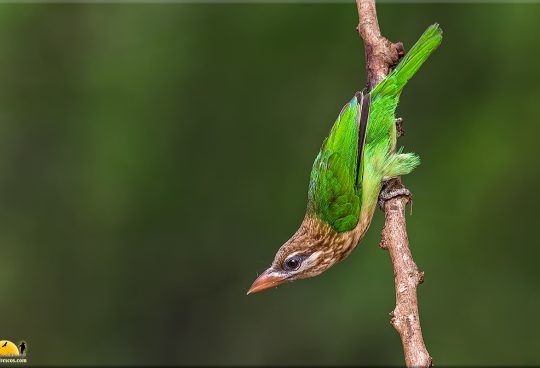The eastern imperial eagle (Aquila heliaca) is a large species of bird of prey that breeds from southeastern Europe to western and central Asia. Most populations are migratory and winter in northeastern Africa and southern and eastern Asia. In Europe, the eastern imperial eagle is threatened with extinction. It has nearly vanished from many areas of its former range, e.g. Hungary and Austria. The eagle’s preferred habitat is open country with small woods; unlike many other species of eagle, it does not generally live in mountains, large forests or treeless steppes. The eastern imperial eagle feeds mainly on hares, hamsters and pheasants as well as a variety of other birds and mammals.
The Imperial eagle has for centuries been considered a sacred bird, because our ancestors had thought that it drives away storm clouds and saves the crops. Even today it is believed in some parts of Bulgaria that killing or harming an Imperial eagle will bring serious disaster upon people. Its popular name is the ‘cross eagle’ because of the epaulet-like white spots on its wings which are visible in flight. The juvenile birds have brown feathers, ochre in colour, which gives them their specific light brown appearance. The young birds’ flight feathers are uniformly dark. Adult feather pattern is reached only after the 6th year.
It is classified as Vulnerable by IUCN.
![]()






Sorry, the comment form is closed at this time.